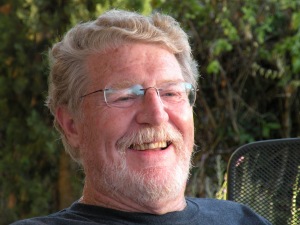But then AKP made a major mistake.
When the Islamic State besieged the town of Kobani, Turkey refused to help the Kurdish defenders. Indeed, Erdogan equated "Kurdish terrorists" with the IS. Demonstrations demanding that Turkey come to Kurds' aid were brutally suppressed by the police, and scores of Kurds were killed. Kobani and the police attacks shifted sentiment in the Kurdish community and former AKP backers transferred their support to the left-wing People's Democratic Party (HDP).
The HDP also transformed itself from a Kurdish-based party to a national organization, winning 1.1 million non-Kurdish votes and 80 seats in the 2015 parliamentary elections, effectively denying the AKP its majority and derailing Erdogan's drive to create a powerful executive.
The right-wing nationalist Nation Action Party (MHP) also did well in those elections, winning 80 seats.
Erdogan has maneuvered ever since to force new elections. By attacking the Kurds, he hopes to make the HDP once again into a Kurdish party by forcing it to choose between its base and the rest of Turkey. And he is gambling that the assault on the Kurds will rally right-wing nationalists to abandon the MHP and move to the AKP. If a lot of Kurds and Turks die because of this cynical stratagem, so be it.
Why is the White House going along with this madness?
In part, because a number of U.S. State Department officials have the same obsession with overthrowing Assad as Erdogan does. In part because the U.S. military generally manages to convince civilians that dropping a lot of bombs will work, all experience to the contrary. And partly that crackpot thing.
As Hugh Roberts points out in his excellent analysis of Syria in the London Review of Books, there is a possible path out, but it is almost exactly the opposite of the one Turkey and the U.S. are pursuing.
(Note: You can view every article as one long page if you sign up as an Advocate Member, or higher).





